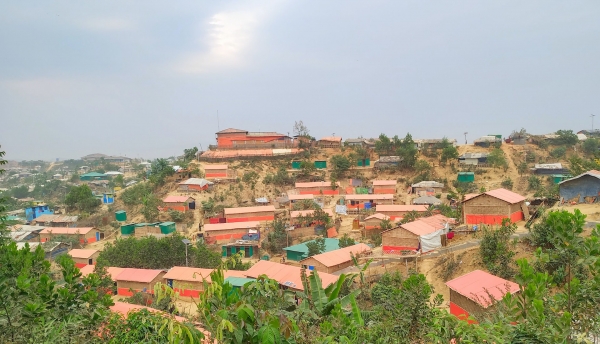It's been five years since violence erupted in Rakhine state, Myanmar. Thousands of Rohingya people were killed by the Myanmar military. Around 770,000 fled for their lives to Bangladesh, one million people are stranded in Cox's Bazar area.
This article offers testimonies from Rohingya refugees on how they coped after fleeing Myanmar.
Rohingya mother, Tayeba Begum talks about her twin daughters who were only six-month-old when she and her family fled Myanmar for Bangladesh. “After the killings began, we couldn't stay any longer - the militaries were brutally murdering Rohingya and burning their houses. If we can ever live peacefully again in Myanmar, we will return. But how can we return if our rights are not ensured? Where will we live, since our houses have been destroyed?”
Rohingya refugee Anwar, a 15-year-old student, remembers when he ran away from Myanmar with his family. “It was one afternoon when the army attacked our neighborhood.” He now lives in the Jamtoli refugee camp in Bangladesh and his dream is to become a doctor. He addressed young people like him around the world to keep on learning because not everybody has such opportunities.
Lastly, the heart of the eldest of the interviewed refugees, Mohammed Hussein (65), longs for repatriation to Myanmar, with the guarantee of rights protection: “I am old now and will die soon. I wonder if I will see my motherland before I die.”
To read more, visit:
- https://www.unhcr.org/news/stories/2022/8/630780aa4/stateless-rohingya-continue-struggle-survival-myanmar.html
- https://reliefweb.int/report/bangladesh/one-million-rohingya-refugees-are-point-no-return-crisis-marks-five-years
- https://www.hrw.org/news/2022/08/24/myanmar-no-justice-no-freedom-rohingya-5-years
- https://data.unhcr.org/en/situations/myanmar_refugees
by Viola Rubeca




